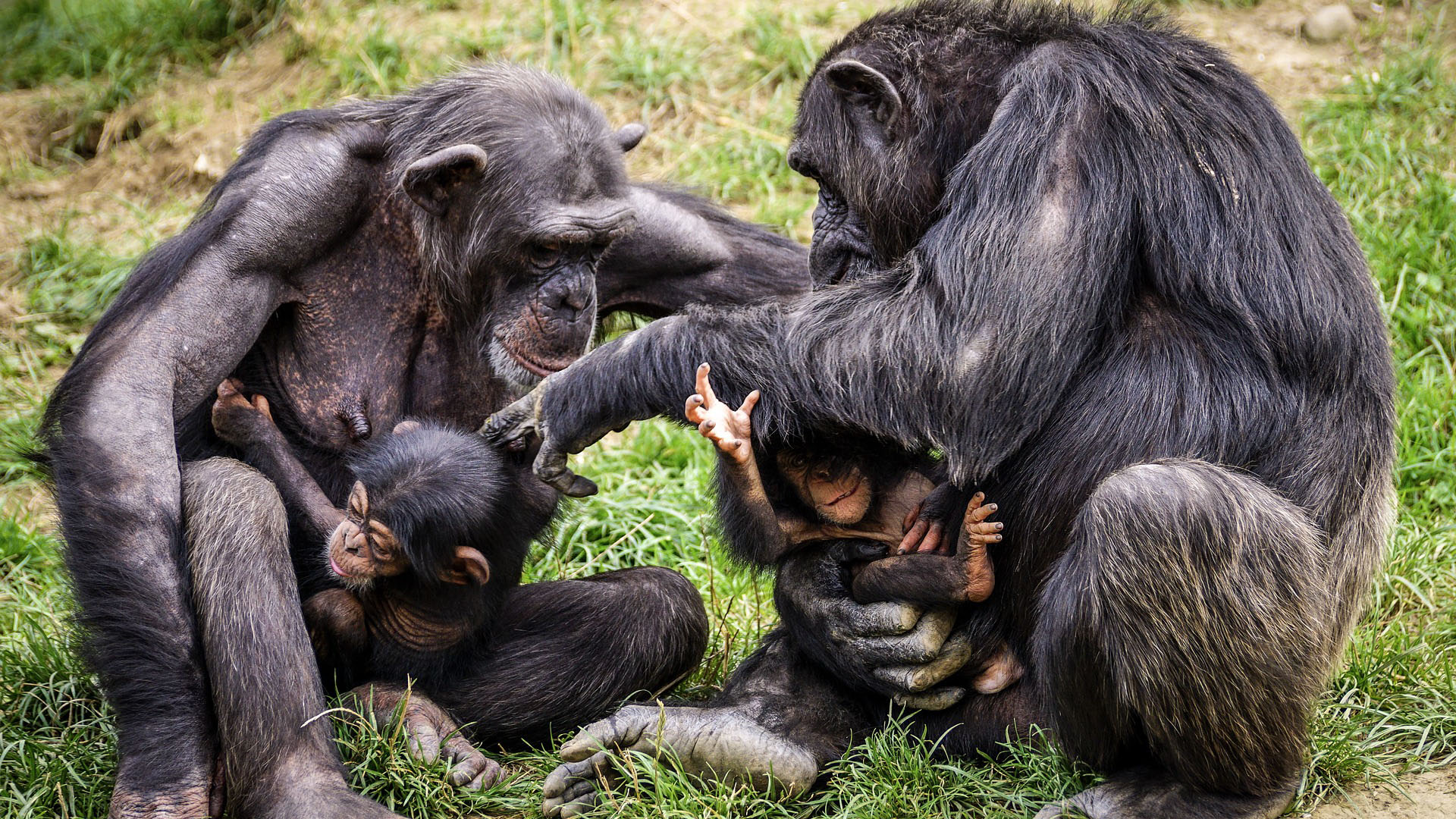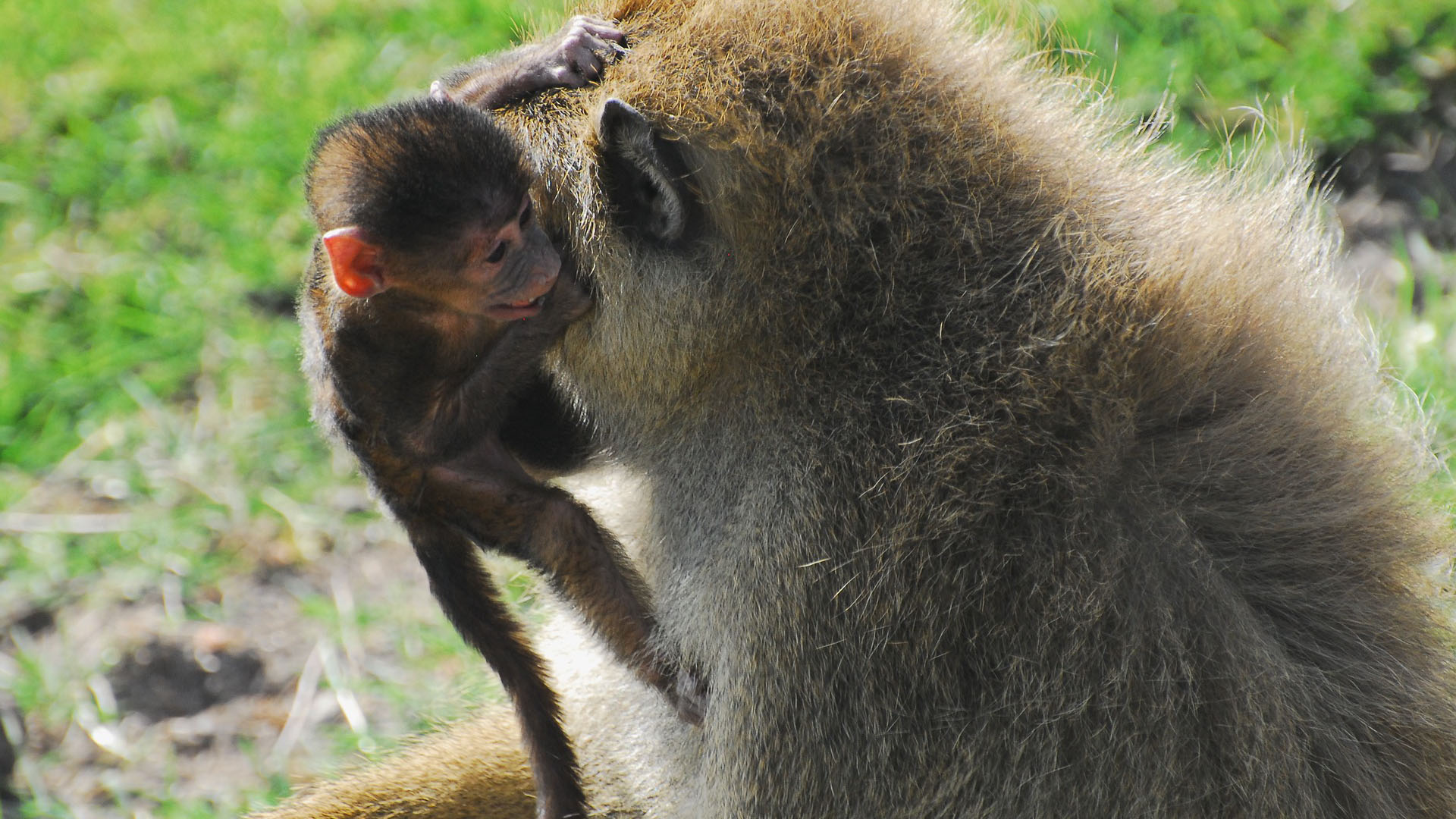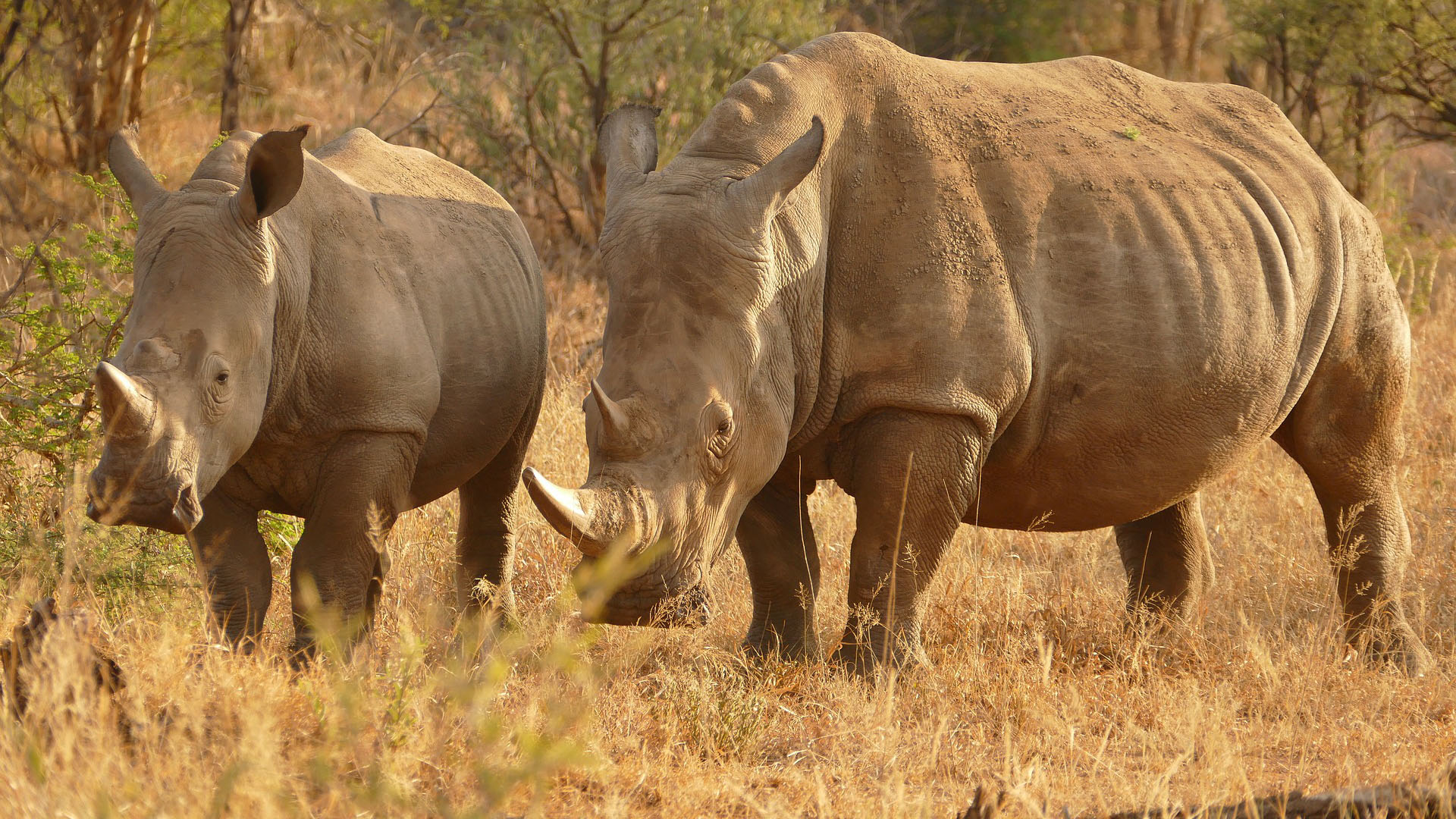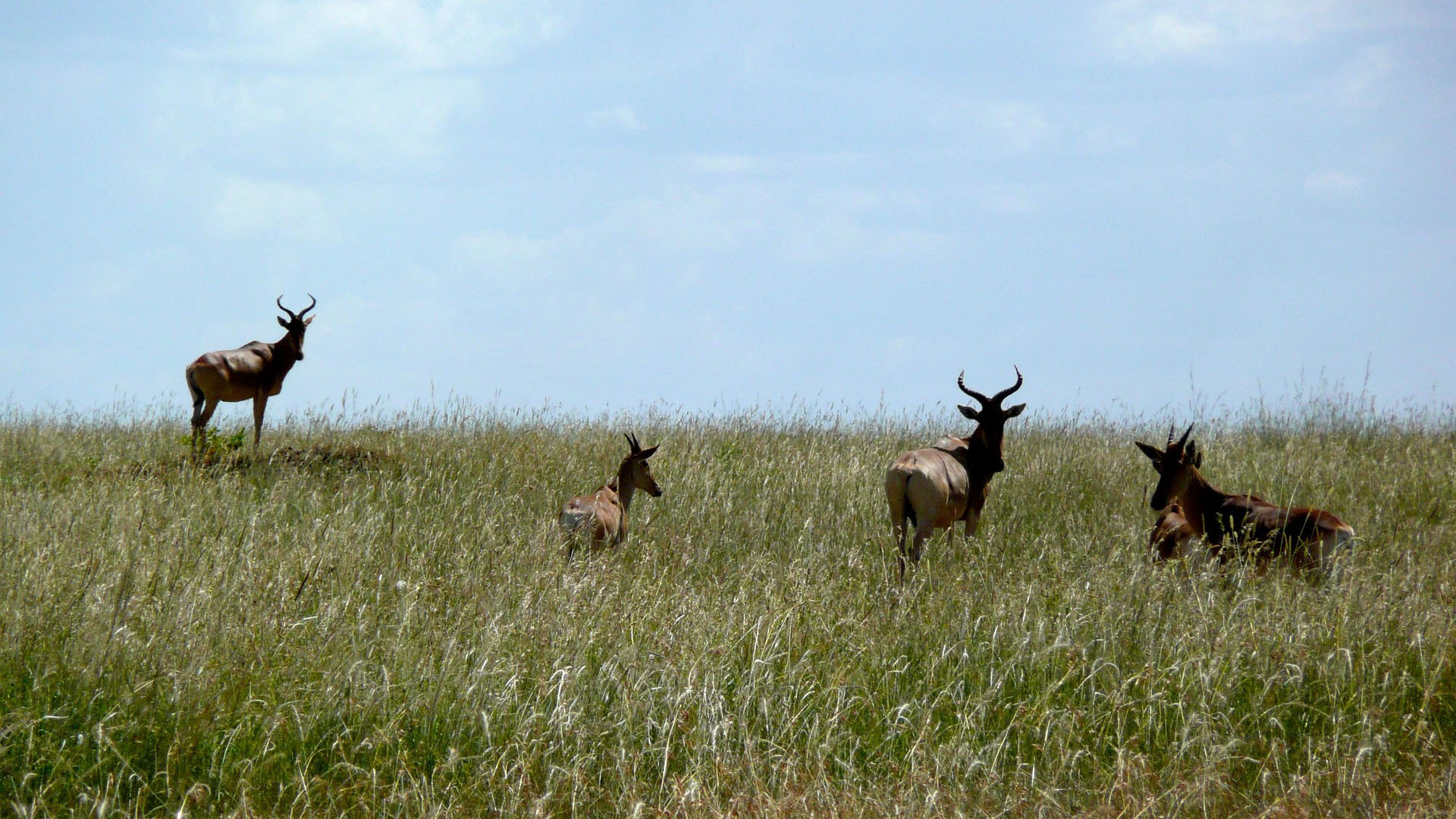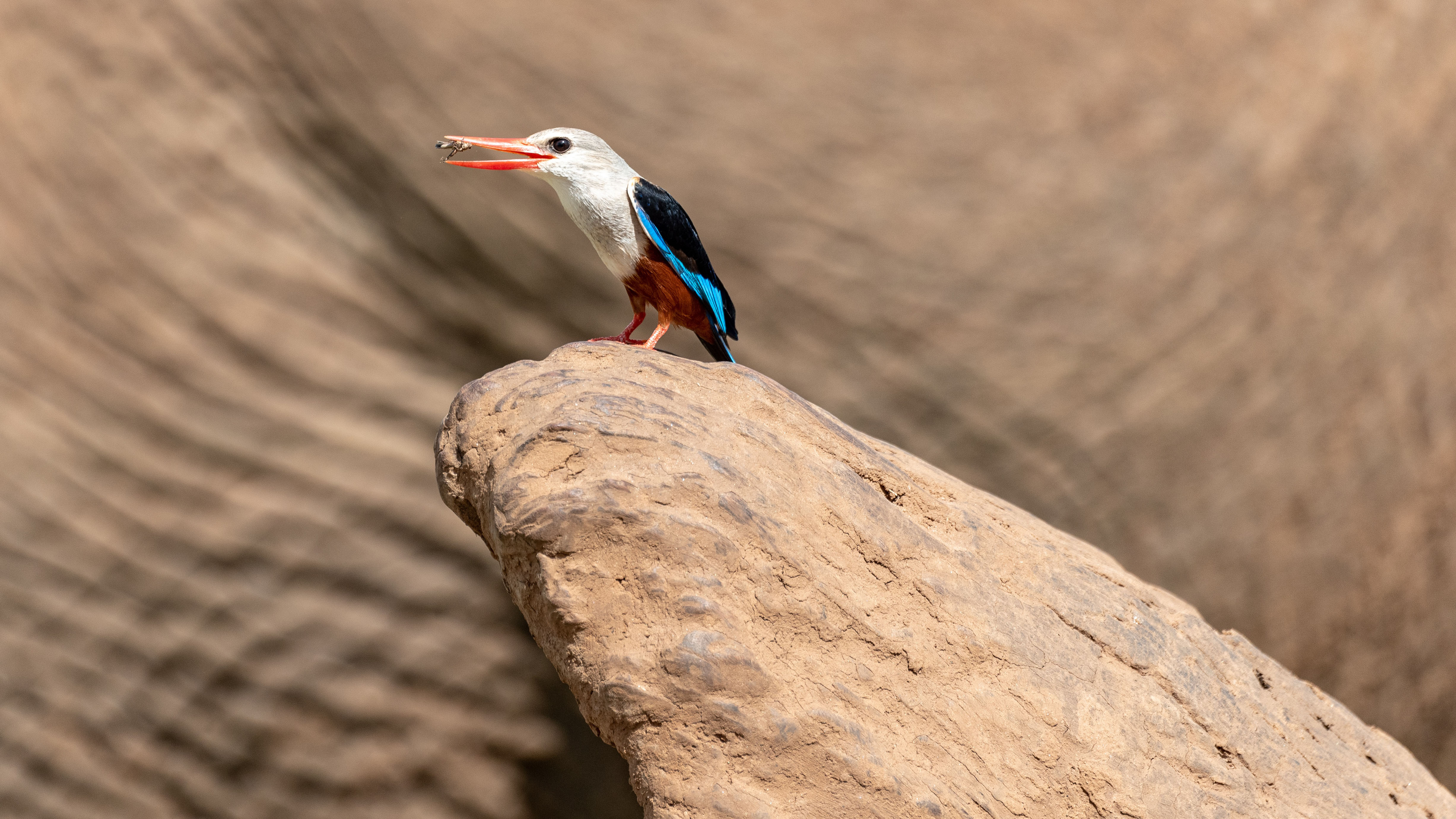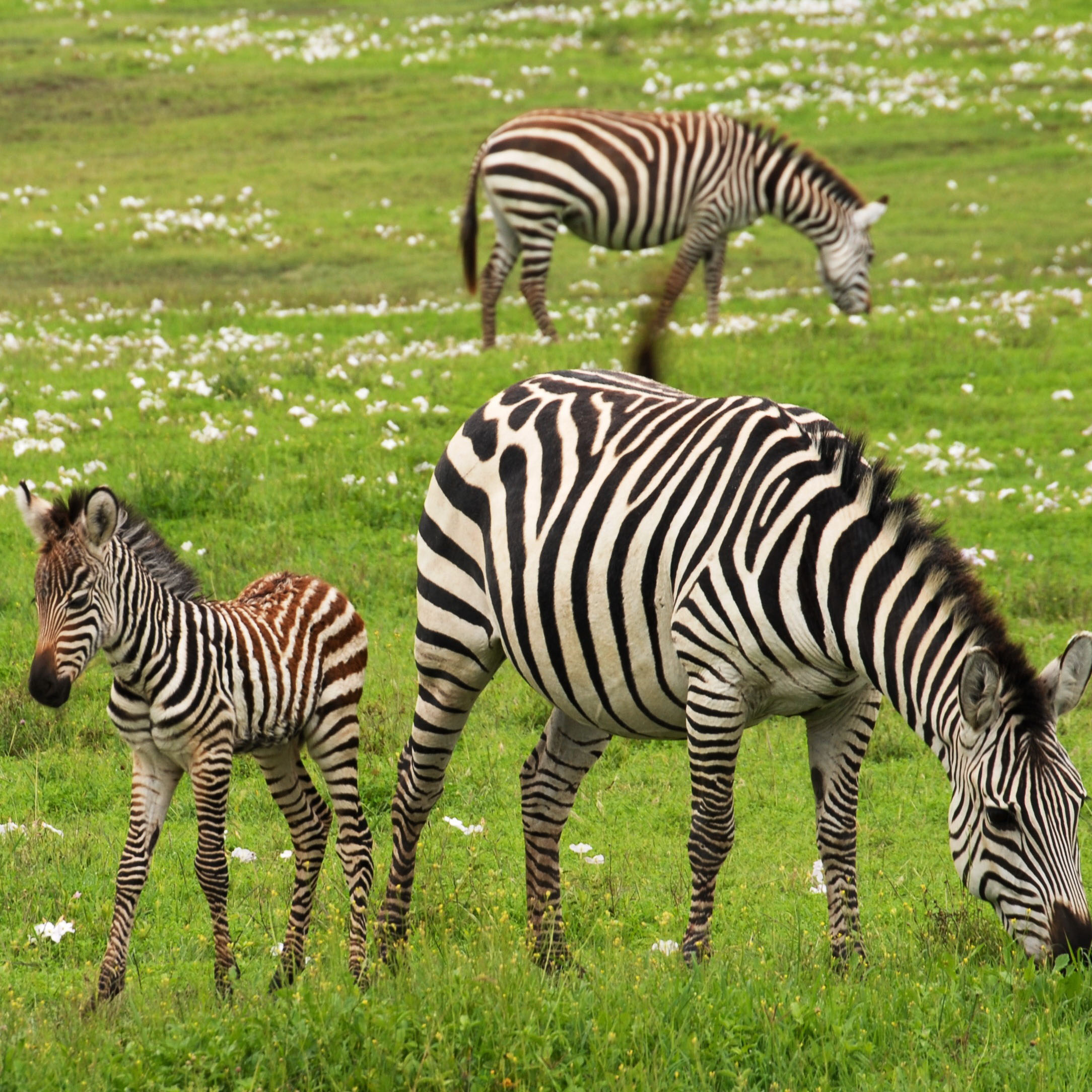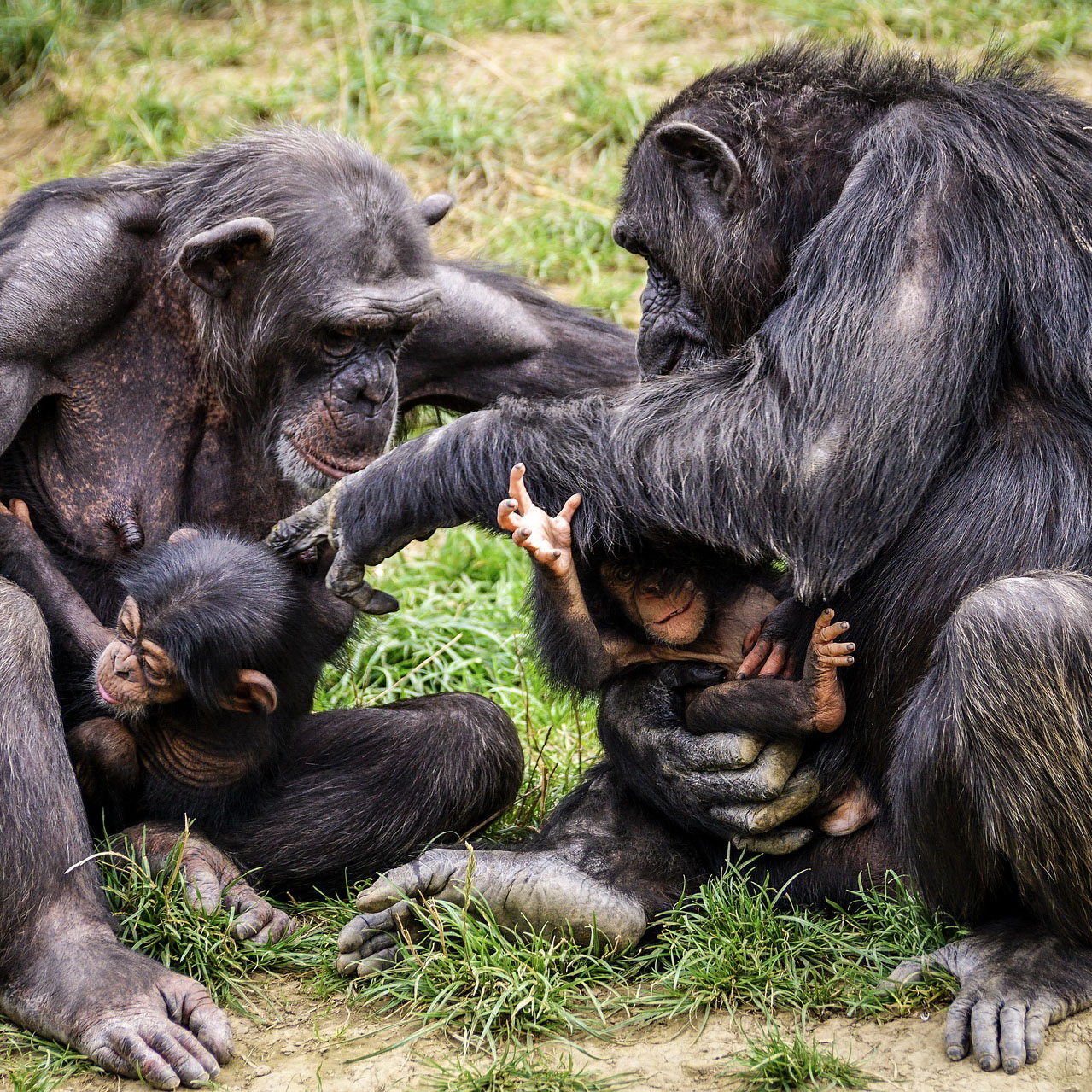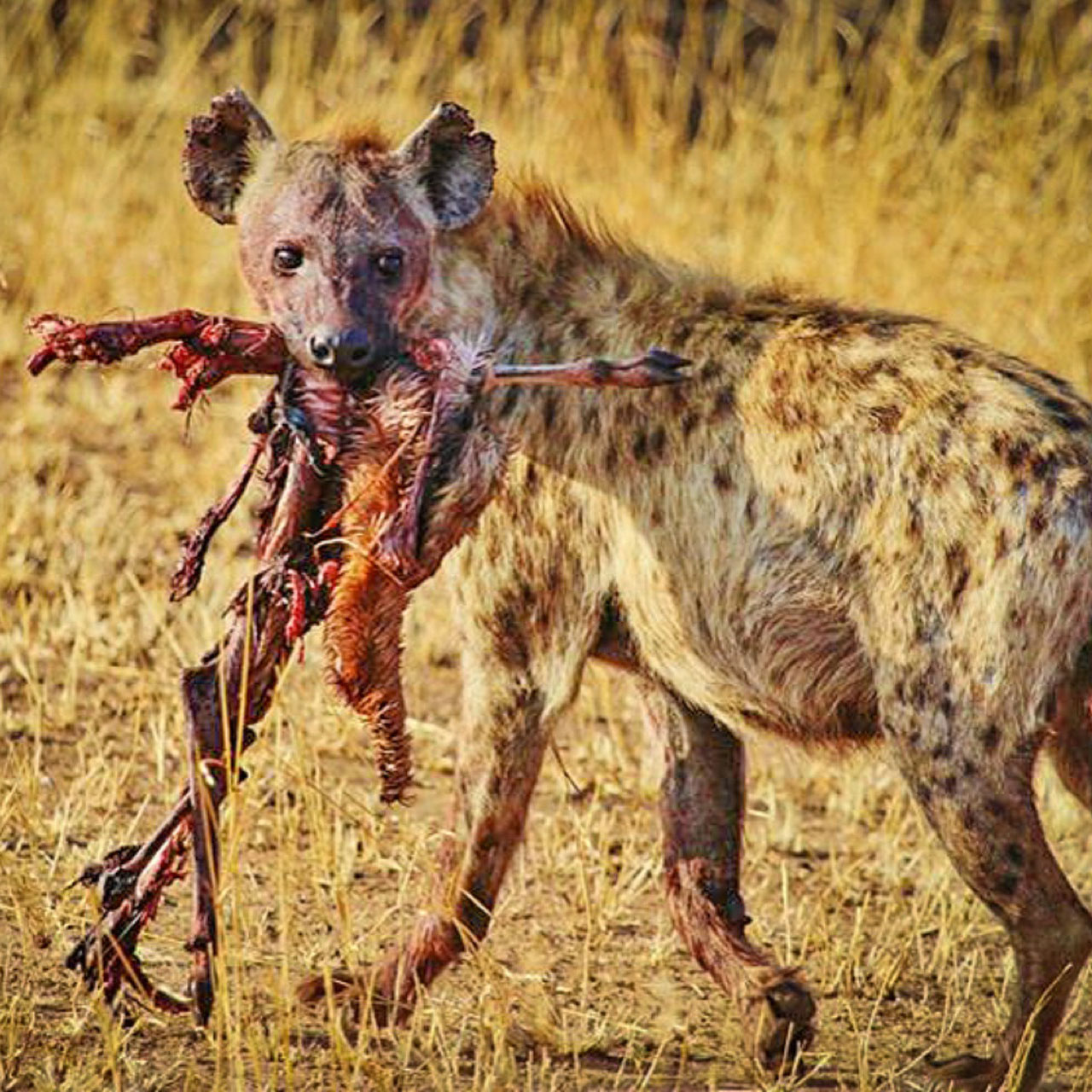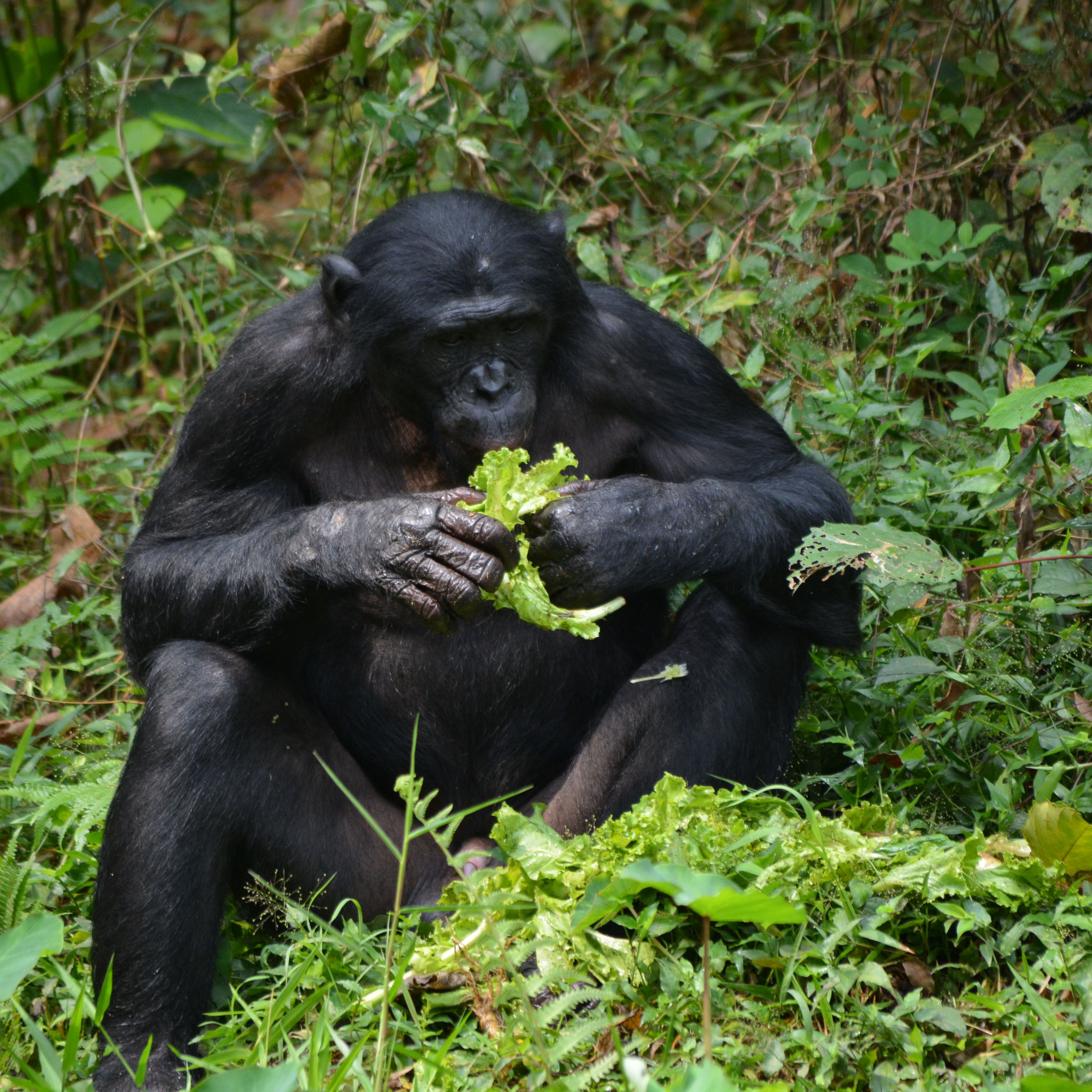Bwindi Impenetratable National park
Bwindi Impenetratable National park
Located in southwestern Uganda on the edge of the western Rift Valley. This park is a hilly countryside with some remnant lowland forest. The richest forest in Uganda in terms of plant species, it is one of the few areas in East Africa where lowland and montane communities merge. Bwindi is home to 120 species of mammals, 346 species of birds, 202 species of butterflies, and 163 species of trees, making it one of the richest ecosystems in Africa. A young male gorillaLocated near the border Rwanda's Parc National des Virungas, it is also one of the largest (331 sq. km) natural forests in East Africa, with both mountain and lowland forest. It was previously known as the Impenetrable Forest because of its lush vegetation. Bwindi is famous for half of the world's population of Mountain gorillas, or Gorilla gorilla beringei. More than 350 Mountain Gorillas, forming 27 family groups, make up the largest surviving population. The other half is split between the Congo (formerly Zaire) and Rwanda, where they once roamed freely until they were separated by encroachment and farming.
Beyond gorillas, there is plenty to do in the Impenetrable Forest. You can enjoy walking safaris that include beautiful waterfalls and great birding. The area around Buhoma is an excellent place for watching other primates and birds. You may catch a glimpse of chimpanzees or the beautiful hornbills and turacos. On the gorilla trek itself, one is likely to hear black-faced warblers, gray-throated barbets, African broadbills, equatorial akalat, and the beautiful, golden-rumped
tinkerbirds.
APPROXIMATE DISTANCE FROM KAMPALA 550KM
Gorillas are active only during the daytime and build nests in which they pass the night. The nests built in trees are occupied by the females and young ones, while the males seem to prefer nests on the ground. Their food consists mainly of leaves, buds, tubers and sorts of wild celery from the umbelliferous family.
Gorilla Viewing: Main Rules:
• total silence
• no smoking
• no eating
• no pointing or staring directly at the gorilla
• do not stand above the guides height, if he kneels so do you & follow the guides actions at all times
• Move slowly and be calm at all times
• If the 'Silverback' charges DO NOT RUN AND KEEP BEHIND THE GUIDES AT ALL TIMES
• No children under 15 years
The trek to find gorillas can be quite short, but on most days an hour or two of rough hiking each way is necessary.
Damage to the bamboo trees is an obvious sign as the gorillas relish the young tender shoots and break older stems to suck the sap.
The smell of gorilla may waft by in the stray breeze or, if one is really near, it is strong and unmistakable Sounds, which can be remarkably loud crashes or dull reverberating thuds.
Clothing and other information, long-sleeved shirt, strong waterproof walking boots, sturdy trousers, sunglasses, sun screen, sun hat, breathable lightweight rain poncho/parka & rain hat, small backpack to carry water, warm clothes including a fleece or light wool sweater, moisture proof undergarments, lightweight wool socks, gloves recommended to those with sensitive skin or allergy to nettles, Fitness Level: Standard trek is a strenuous hike of between1-4 hours each way, (2-3 hours more usual) tracking in thick forest at heights up to 3,000m traversing steep-sided mountains and ravines can be tough, arduous and wet. Visitors must be fit, in good health and properly equipped.
Health: Anti malaria tablets are essential & visitors should seek current medical advice before travelling; any personal medication required should be carried in hand luggage. Yellow Fever vaccination Warning: gorillas are susceptible to most human diseases and if you are knowingly carrying a contagious disease (especially flu) DO NOT attempt to trek. A Silverback is an awesome sight
Permits: Gorilla Permits are non-refundable except for medical reasons and a medical certificate has to be provided. Gorilla viewing can be denied at short notice because of national park or border closures, security changes or gorillas going out of range. In such circumstances refunds are at the discretion of the authority and are not within the company’s control. Obtaining a gorilla permit is not a guarantee of seeing a Gorilla.
/.?>
